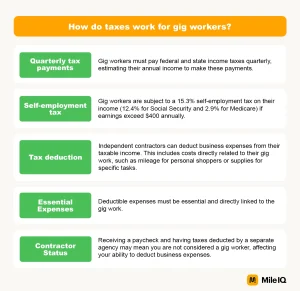Loan For Students – How to Get a Subsidized Student Loan
2 min read
Discover student loans available both federally and privately as well as tips for saving for college.
Federal student loans are awarded on the basis of financial need. Direct subsidized and unsubsidized loans are available to undergraduate students while PLUS loans are made available to parents as well as graduate and professional students.
Subsidized Loans
Subsidized loans allow students to reduce monthly payments while in school at least half time and during a six-month grace period after graduating or dropping below half-time enrollment, thus helping you pay off your loan faster and lower monthly payments.
To qualify for a subsidized loan, it is essential that you demonstrate financial need based on your cost of attendance minus expected family contributions and any grants or scholarships received – this should also take into account whether you are a U.S. citizen or permanent resident and dependent student (your parents’ income may be taken into consideration when determining this).
Federal limits set annual and lifetime borrowing caps on subsidized loans; for more information regarding this matter please contact your school’s financial aid office to inquire about annual and lifetime limits for these types of loans.
Pros: Subsidized loans offer several distinct advantages over unsubsidized ones, the primary of which being that interest payments will be covered by the government while you’re studying at least half-time and for six months post-graduation as deferment periods or grace periods are in effect. This helps keep monthly payments low while giving you more time to focus on paying off your loan faster.
Cons: In order to qualify for subsidized loans, you must demonstrate financial need, which can be determined by subtracting your cost of attendance from expected financial contributions and grants and scholarships received as aid. Furthermore, US citizens or permanent residents and dependent children or independent students who depend on their parent will qualify.
Unsubsidized Loans: W hile unsubsidized loans require you to make regular interest payments on disbursed money, unsubsidized loans require you to begin making these payments immediately when they reach your school. While in school, you can choose to make interest only payments; once your grace period or repayment term begins, however, all principal and interest must be included as payments on all money owed. Carefully consider how much money you need before accepting either a subsidized or unsubsidized loan. It may be beneficial to accept all the subsidized dollars offered and supplement with unsubsidized loans only if necessary. So that when it’s time for graduation, your debt burden is as light as possible. And if monthly payments become unmanageable for whatever reason, there may be options such as deferment, forbearance or income-driven repayment which may help ease their burden. Visit our Federal Student Aid page for more information about payment plans available under federal student aid, or if you are having difficulty meeting your loan repayment obligations we offer Direct Loan Consolidation to combine multiple loans into one manageable monthly payment – contact your loan servicer for more details on this program.











